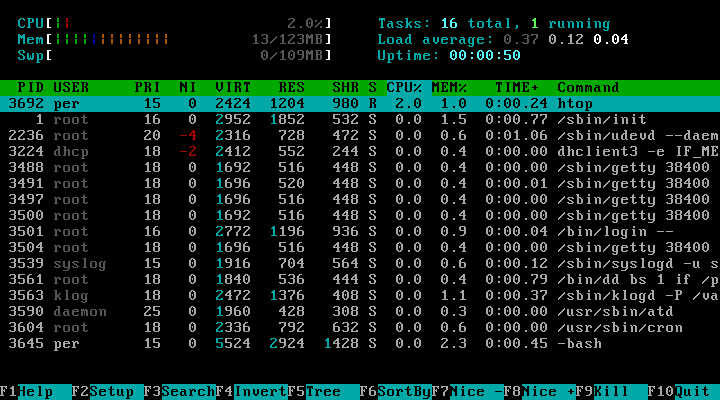

If you have not, then first you must follow the instructional video found on Using Your taki Account page. This sections assumes you have setup native SSH client already. To see the setup in complete detail, here’s a video walkthrough posted by a Youtube user. Also, you might have some trouble logging out of PuTTY until you’ve closed your X windows. If the SSH connection is broken or the X-Server is stopped, any open remote X11 windows will close. If your network connection to taki isn’t so great, your X11 window might be slow to update. This time a window should pop up with our plot.

Now let’s try to launch evince in the terminal once again. Start VcXsrv – you’ll know that it’s running when a black “X” icon shows up in your task area. (And if you haven’t enabled X11 forwarding in the PuTTY session, you may get a different error). If we try to run evince on our PDF file, we get an error. If you leave it blank, your performance will suffer noticeably. Make sure to specify “localhost:0” as the X display location, as shown above. Let’s start a new SSH session, by using the following command If you start a regular SSH session and then try to run evince, you’ll probably get an error. The screenshots below are from Ubuntu 20.04, but any Linux distribution with OpenSSH should behave similarly. If your local computer is a Linux machine, it probably doesn’t need additional software. You can download the sample PDF to your account on taki if you’d like to follow along. We’re producing some PDF graphics on taki, and we want to view them (we will use the evince program to display PDF files) without having to transfer them to our local computer first.


If you have issues creating an X Windows session, please refer to this help page for instructions. For the rest of this page, we’ll refer to the machine at your desk as the “local” machine, and the one you’re SSHing to as the “remote” machine. This page will provide an overview for Linux and Windows users to accomplish this. Sometimes it’s useful to work with GUI-based applications on the remote machine as well. Working on a remote Linux machine like taki usually involves connecting through SSH and entering commands into a terminal.


 0 kommentar(er)
0 kommentar(er)
